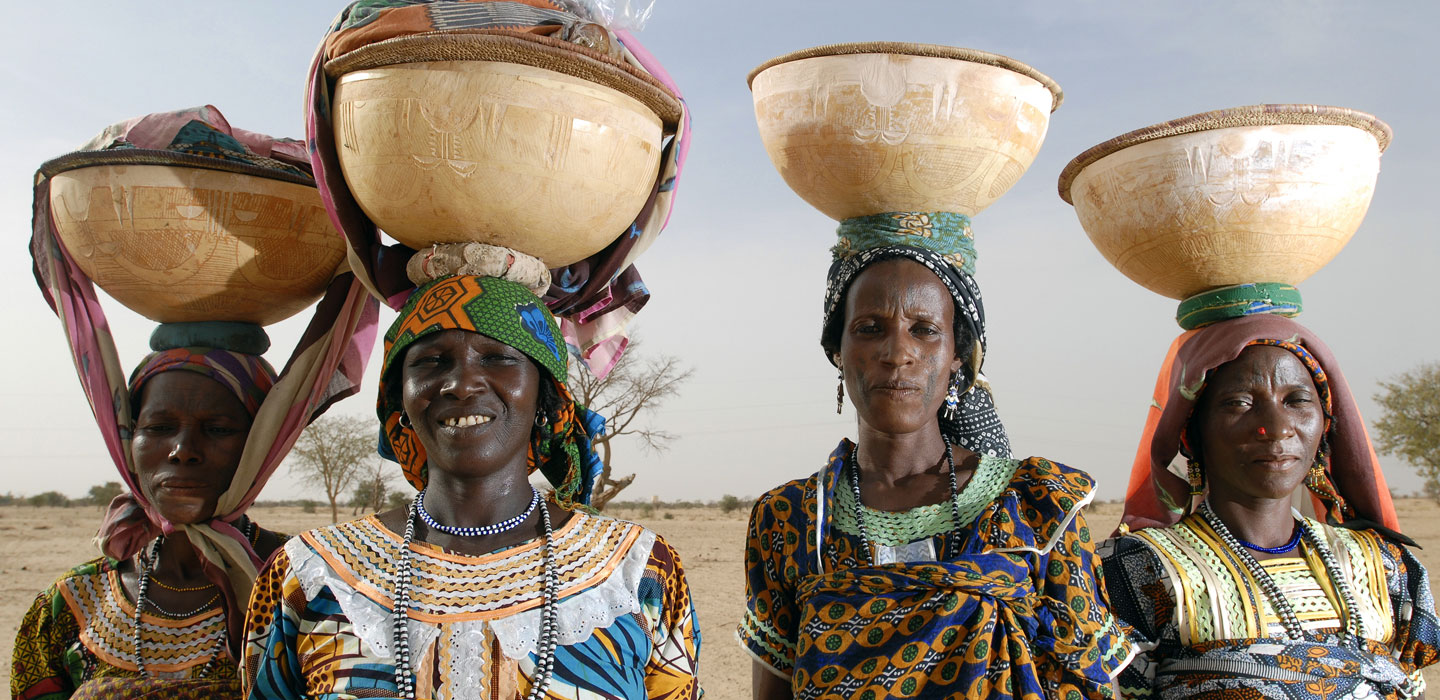Tools and guidelines
Tools and guidelines

Tools and guidelines
Menu Display
Search Results Filters
Search Results
Toolkit: Digital financial services for smallholder households
How to do note: Public-private-producer partnerships (4Ps) in Agricultural Value Chains
This HTDN provides guidance for project design teams on how to design a 4P component and how to support the implementation of 4Ps within IFAD-funded projects.
It builds on findings and lessons learned from previous IFAD-supported projects, as summarized in the 2013 report, IFAD and Public-Private Partnerships: Selected Project Experiences, and the Institute of Development Studies (IDS)/IFAD publication, Brokering Development: Enabling Factors for Public-Private-Producer Partnerships in Agricultural Value Chains.
This HTDN begins by defining the 4P and related concepts and then analyses the basic elements that need to be considered when designing and establishing a 4P followed by recommendations for the implementation of 4Ps.
How to do note: Digital financial services for smallholder households
can especially benefit from mobile phone platforms, which offer immediate, safe access to government subsidies, cash transfers and remittances. The messaging features of mobile phones can complement digital financial services (DFSs) by offering timely information on weather conditions, farming tips, market
prices and potential buyers, which can help increase farming yields and profitability.
Lessons learned: Digital financial services for smallholder households
provide a platform for credit and insurance, without smallholders having to visit a bank branch. Mobile phones can also bridge information asymmetries by offering weather forecasts and real-time market prices, which can improve the ability of farmers to prepare and respond to inclement weather and price fluctuations.
How to monitor progress in value chain projects
How to do note: Livestock value chain analysis and project development
The step-by-step approach to VC analysis and project design follows the basic IFAD project design cycle.Each step is briefly described and followed by guiding questions for the project design team. The VC approach should be adopted early in the project cycle, such as when developing project concept notes for a country strategic opportunities programme (COSOP).
Scaling up note: Ghana
Note sur la transposition à plus grande échelle: Nigéria
Scaling up note: Egypt
Scaling up note: Ethiopia
Scaling up note: Peru
Scaling up note: Sudan
Scaling up note: Bangladesh
Scaling up note: China
Scaling up note: Mauritania
Scaling up note: Indonesia
Toolkit: Integrated homestead food production
Since its founding, IFAD has focused on enabling smallholder farmers to increase agricultural production and productivity as a means for reducing poverty.
However, experience shows that increased productivity and incomes do not automatically translate into improved nutritional status of poor rural people, especially women, young people and children.